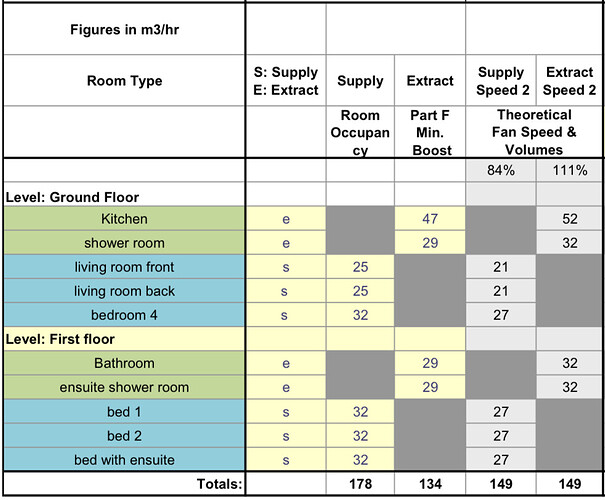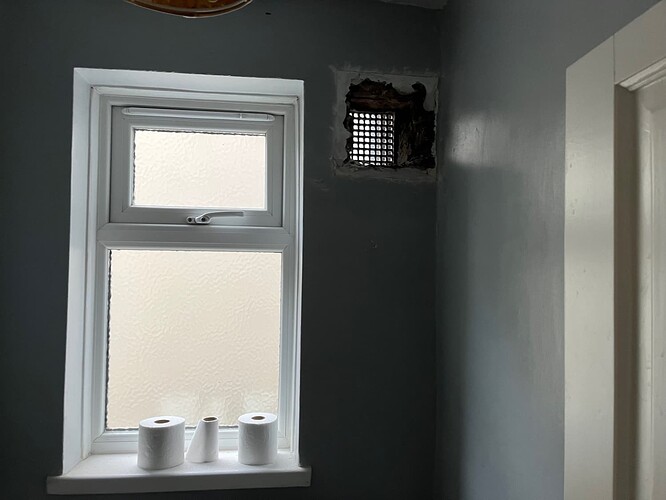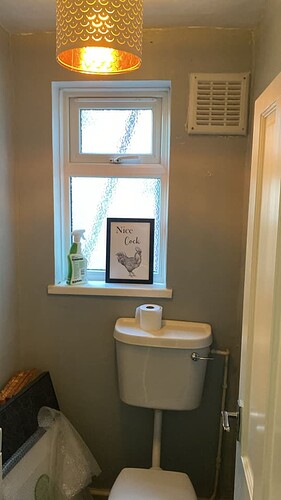Thanks so much for sharing this really useful comparison Christopher 
With regard to the heat pump bit of the driers - am I guessing right that it separates the moisture and the heat to heat the room while water is drained into a vessel on the machine, which you empty after use?
Yes there is condensate to be dealt with, as with condensing driers. Either empty a tank, not sure how often, or you can connect to a drain if this is practical/possible (a bit like a washing machine.
Another bit of info from Which? attached that explains in more detail.
Heat Pump Tumble Dryers - Which .pdf (3.6 MB)
I have a Meaco 12l machine.
I haven’t done a cost benefit analysis as I use the dehumidifier for other things, that you wouldn’t use a traditional dryer for.
The power consumption hardly shows on my systems but I do see a small drop in battery charge if the sun isn’t shining.
Hello, instead of starting a new topic I thought I would reply to this thread. We are having issues with mould on skirting boards around the external walls of our living room and kitchen.
2 years ago we removed the wall between the kitchen and living. We also upgraded the windows and kitchen door to triple glazing however never dealt with ventilation against my better judgement. But let’s just say we had an interesting experience with a builder. Now it has come back to bite me.
I’ve been reading up on single room MVHR so wondering if any of the advice above has been updated or do the same rules apply?
Thanks, Kyle
Hello @Kyle_Fyffe and welcome to the forum.
It was definitely a good idea to resurrect this thread so that future readers have the relevant information in one place.
Nothing much has changed since this thread was started except perhaps (hopefully) some of the participants now have their ventilation choice in place and will hopefully be able to give real life experience.
As I see it you need to ventilate the kitchen/diner to remove stale/humid air and if you are still burning gas you need to provide copious fresh air. An MVHR is an ideal solution as it does both without chilling the house.
When it comes to sizing your ventilation system there are suggested optimum air changes an hour published by room type and floor area. The precise figure is only guidance unless you are aiming for Passivhaus or EnerPHit.
To give you an idea, our all electric 14m2 kitchen requires 47m3/hr.
You can then use these figures to see which units meet at least this figures. Units with higher capacity running at low speed are generally quieter than low capacity units running at high speed. The higher capacity ones also give more flexibility if you have a very humid or smelly cooking incident.
See also
And other threads
Thanks, I’ve got all the topics saved so I will go through them and take some notes. I do have another query. Do you have any idea why the mould is constrained to the unpainted MDF skirting in our living room and kitchen? It’s so strange.
Mould will grow first where there is highest humidity and most nutrients. The skirtings are a likely place for highest humidity as they are near the wall/floor junction which is notorious for poor continuity of insulation. Cooler air at a given absolute humidity has higher relative humidity. The unpainted MDF has exposed wood particles on the surface and is an ideal culture for growing mould.
I came across this room before Christmas and took action. What was pretty depressing was that I showed this picture to an associate who had started retrofitting his house a couple of years ago and he said -" that’s like my bathroom"! Should this not have been a first step priority to be eliminated from a heat loss perspective?
You have the worst of two problems there. A trickle vent and a gaping hole (with a mesh to stop birds nesting). Shame. A birds nest would have provided some insulation!
Funny you should mention the bird’s nest - but this clearly had little impact on the EPC rating!!


